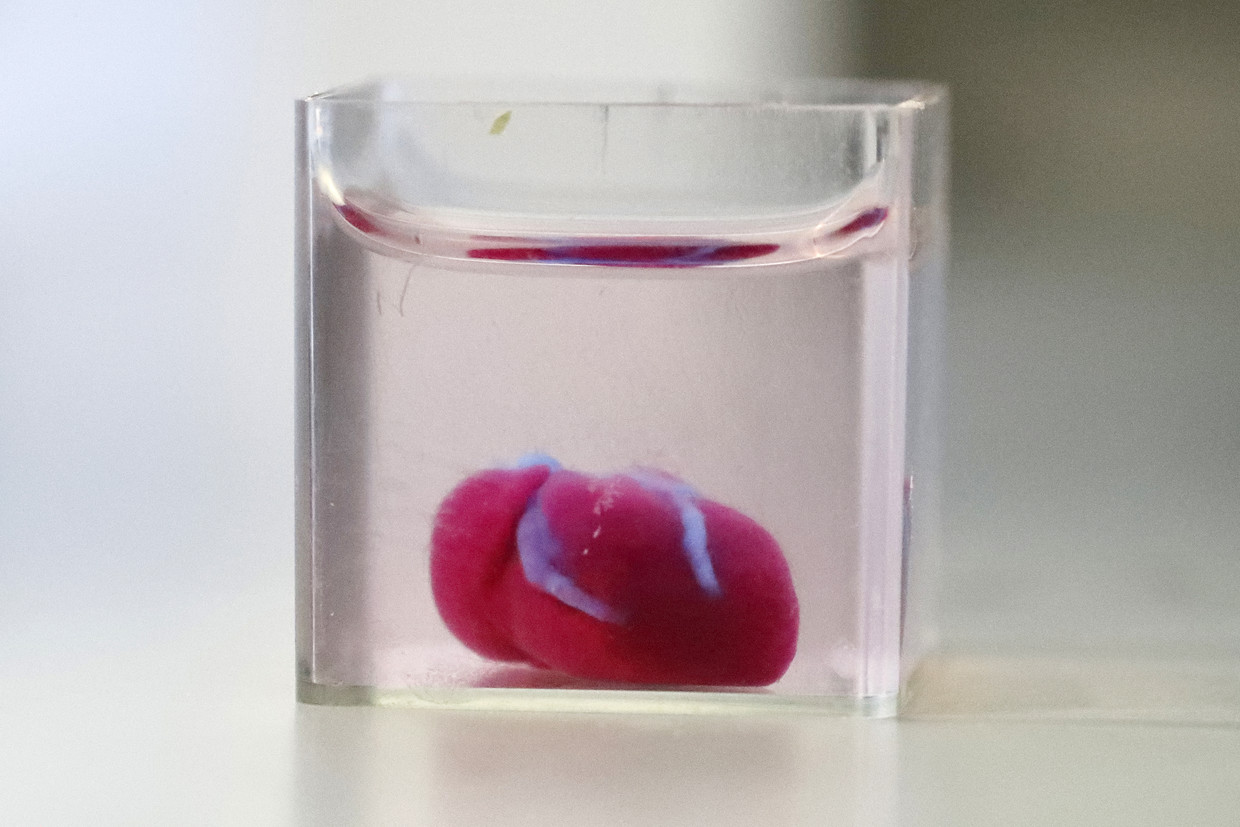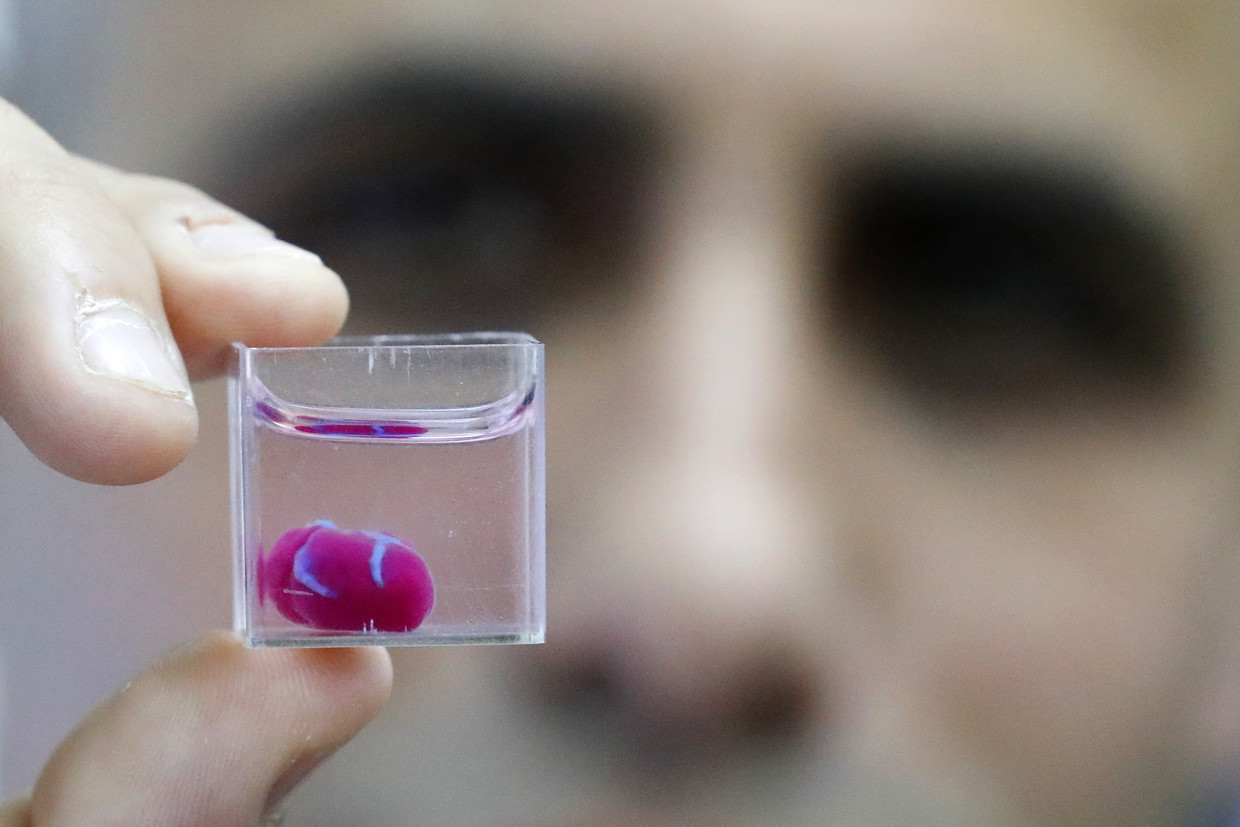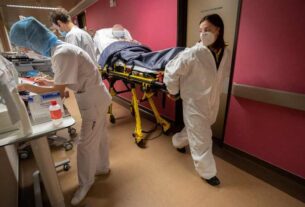Wed 17 Apr 2019:
Until now, 3D printing has only been used to produce simple tissues without blood vessels, including making the structure of a heart but without the necessary vascular elements to make it actually pump. While the Tel Aviv University (TAU) team’s 3D-printed heart doesn’t actually work yet, it is the closest anyone has ever come to artificially replicating one of our most complex and vital organs.

“The cells need to form a pumping ability; they can currently contract, but we need them to work together. Our hope is that we will succeed and prove our method’s efficacy and usefulness,” said Prof. Tal Dvir of TAU’s School of Molecular Cell Biology and Biotechnology as cited by The Jerusalem Post. The research was published in Advanced Science on Monday.
The process consists of three stages: the target organ is scanned via MRI, it is then printed using patient-specific bioinks, “substances made of sugars and proteins,” made of their own cells after which the organ is then matured it in a suitable laboratory or host environment.

The personalized, 3D-printed heart at TAU is sized for a rabbit but the researchers are confident the results would be replicable for human trials using the same technology and process, once they can overcome some technical challenges: Current generation 3D printers are limited in resolution so printing all of the critical, finer blood vessels is yet to be overcome.
However, the ultimate goal is to have “organ printers in the finest hospitals around the world, and these procedures will be conducted routinely” within the next 10 years, Dvir says.
Heart disease is the leading cause of death in the US and Israel, and heart transplants are often only afforded to those with end-stage heart failure, but the lengthy wait (up to six months) for a suitable donor can often prove fatal.
In the meantime, printed organs are already being used for training purposes in medical schools and these more complex 3D replicas could prove invaluable in teaching hospitals around the world.





